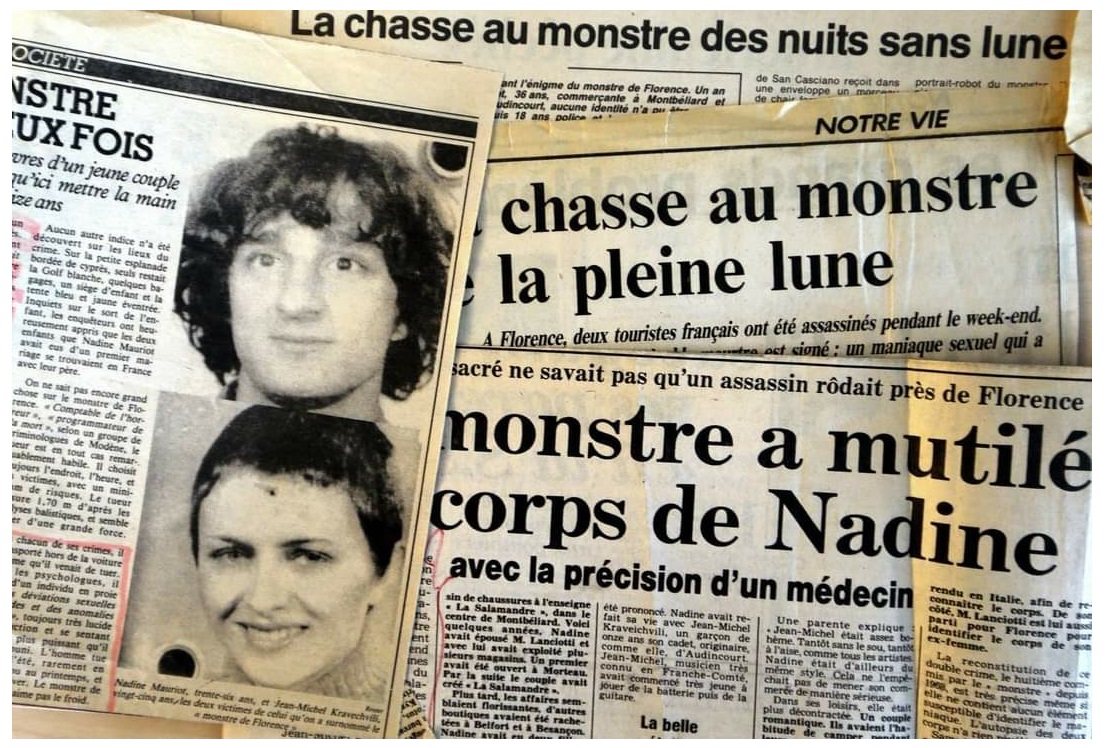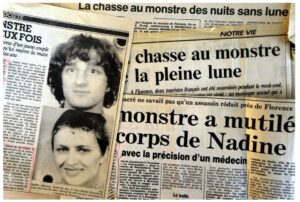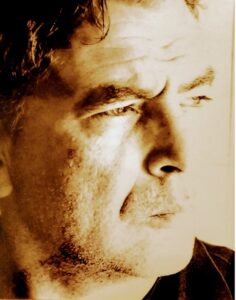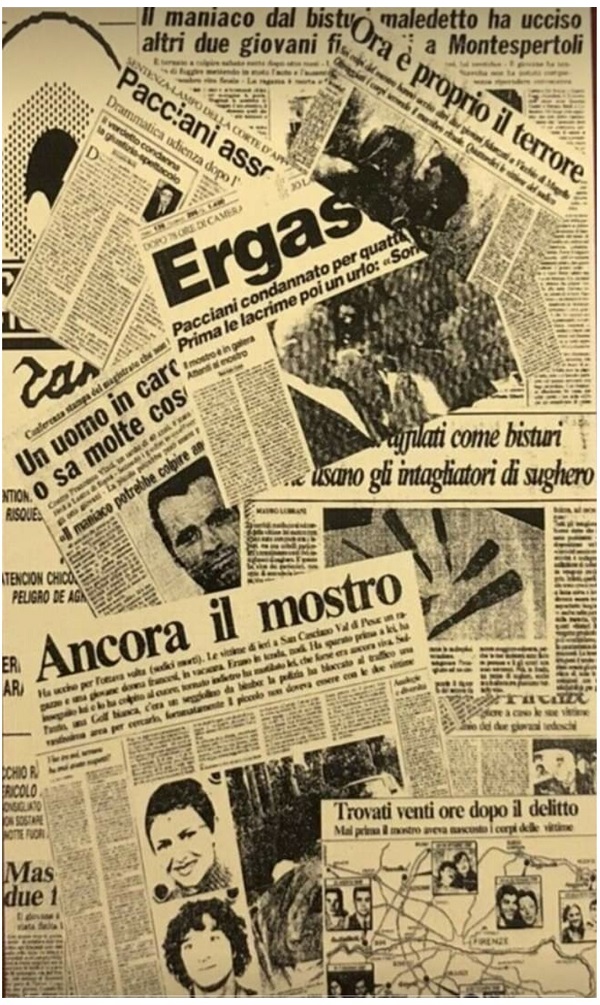Monster of Florence: an “untouchable” blocks the reopening of the investigation?
FLORENCE – A mystery that has been going on for 55 years, eight brutal double murders, an unspecified series of “collateral” deaths and only two final convictions – in fact without overwhelming evidence and based on often contradictory testimonies – for only four of the eight double crimes. It is an endless story, the “monster of Florence”, or the “monsters” who sowed panic in the Florentine countryside, in Italy, between the 70s and 80s, killing couples who went away in the car for a few moments of intimacy and, in some cases, surgically removing intimate areas from women’s bodies.
About this story, everything and more has been said: “satanic” hypotheses, alleged involvement of important characters, various and, in some cases, unlikely leads. But little has always been said about the families of the victims, many of whom are resigned to living with a pain devoid of the comfort that in certain cases only justice, even in part, can provide.
In the 1980s, the father of one of the victims, Renzo Rontini, led a personal battle to search for the truth about the death of his daughter Pia, killed at just 18 years old with her boyfriend Claudio Stefanacci in July 1984 in a secluded pitch in Vicchio (Florence). Renzo died a few years after the crime, struck down by a heart attack, a few steps from the Police Station where he went to collect the monthly salary that the Italian Police Union gave him to live on, given that he was broke due to concentration on the investigations he had personally conducted.
Now, the families of other victims are taking up the baton: Anne and Estelle Lanciotti (daughters of Nadine Mauriot, killed in September 1985 with her partner Jean-Michel Kraveichvili: Jean-Michel’s sister Daniele also joined Anne and Estelle’s initiative) and Rosanna De Nuccio (sister of Carmela, killed in June 1981 with her boyfriend Giovanni Foggi) who asked, in vain, the Florence Prosecutor’s Office to reopen the investigations.
The family members entrusted themselves to the lawyers Antonio Mazzeo, Vieri Adriani and Valter Biscotti who availed themselves of the advice of one of the leading experts on the matter: Paolo Cochi (in the pic below), reporter and documentary maker, author of the volume “Al di là di ogni ragionevole dubbio” (“Beyond every reasonable doubt”) where he reconstructs the latest investigative developments in the “Monster” story.
Mr. Cochi, what are the new elements to reopen the investigations?
“The request to reopen the investigations is based on new elements that have emerged over the last few years, recently collected, not only on the backdating of the Scopeti crime (September 1985, when the Jean-Michel Kraveichvili and Nadine Mauriot, both French, were killed, ed.), but also on the photographic demonstration prior to the crime. In the French couple’s photographs you would see the camping tent of the two victims already torn. This element would inevitably be proof that the witnesses lied” (when they claimed to have seen the alleged perpetrators of the crime cutting down the camping tent, ed.).
Why, in your opinion, does the Florence Public Prosecutor’s Office obstinately oppose the request of the victims’ families?
“This question should be addressed to the Prosecutor of Florence. Temporally this happened immediately after mentioning a certain name. Name connected to a magistrate who dealt with the matter as an investigator”.
What, in your opinion, has never been done by investigators in the last 55 years to get to the truth?
“The conviction of the individual investigators prevailed. There was a lack of staff work and coordination between Police and Carabinieri (the Italian military police, ndr). The judiciary was split and this contributed to facilitating the chaos”.
Do you think there is still, after so much time, evidence that could nail the real person (or people responsible) for the crimes?
“From a legal point of view, I exclude it. However, from the historical point of view of crime it is still possible to trace the author”.
If you were the magistrate in charge of a possible new investigation into the “monster”, in which direction would you investigate today?
“I wouldn’t want to be, because apparently all the documents and finds are no longer available”.
A long trail of blood, two convictions and many unresolved doubts
On the night of August 21st fifty-five years ago, in Signa, in the province of Florence, a Beretta Calibro 22 was used for the first time: with the same gun, in the following seventeen years, and always in those areas, another seven double murders were committed. Even if the first of those crimes, that of 1968, was considered linked to the others only fifteen years later, all at a certain point were attributed to what the newspapers called first the “couples maniac” and then “the Monster of Florence”. It was the first case of serial murder in Italy recognized as such. Its history is intricate and confusing: it begins in the late 1960s, but has not yet been fully clarified.
A man named Pietro Pacciani, the best known among the people involved in the case, was convicted at first instance and then acquitted on appeal: he died before the new trial requested by the Supreme Court. Two of his friends – the so-called “snack buddies”, Mario Vanni and Giancarlo Lotti – were convicted of four of the eight double murders committed. Over time it was also hypothesized that there might have been instigators, there was talk of motives of an esoteric nature, there were misdirections, people involved who then left the scene and many hypotheses.
Here is the list of double murders: Antonio Lo Bianco and Barbara Locci (Signa, 21 August 1968); Pasquale Gentilcore and Stefania Pettini (Sagginale, 14 September 1974); Carmela De Nuccio and Giovanni Foggi (Mosciano di Scandicci, 6-7 June 1981), Stefano Baldi and Susanna Cambi (Travalle di Calenzano, 22 October 1981), Paolo Mainardi and Antonella Migliorini (Baccaiano di Montespertoli, 19 June 1982); Horst Wilhelm Meyer and Jens-Uwe Rüsch (Giogoli, 9 September 1983); Pia Rontini and Claudio Stefanacci (Vicchio, 29 July 1984); Jean-Michel Kraveichvili and Nadine Mauriot (Scopeti, 8 September 1985, but there are strong doubts about the date). To these sixteen victims must be added those “suspicious” deaths, between 1982 and 2002, of people – at least a dozen – who were linked in some way to the story of the Monster of Florence and who probably knew “too much”: deaths which occurred in mysterious circumstances and on which full light has never been shed.






